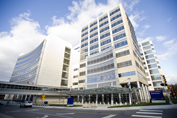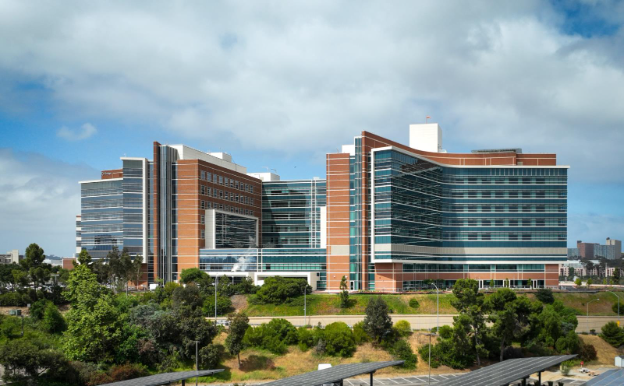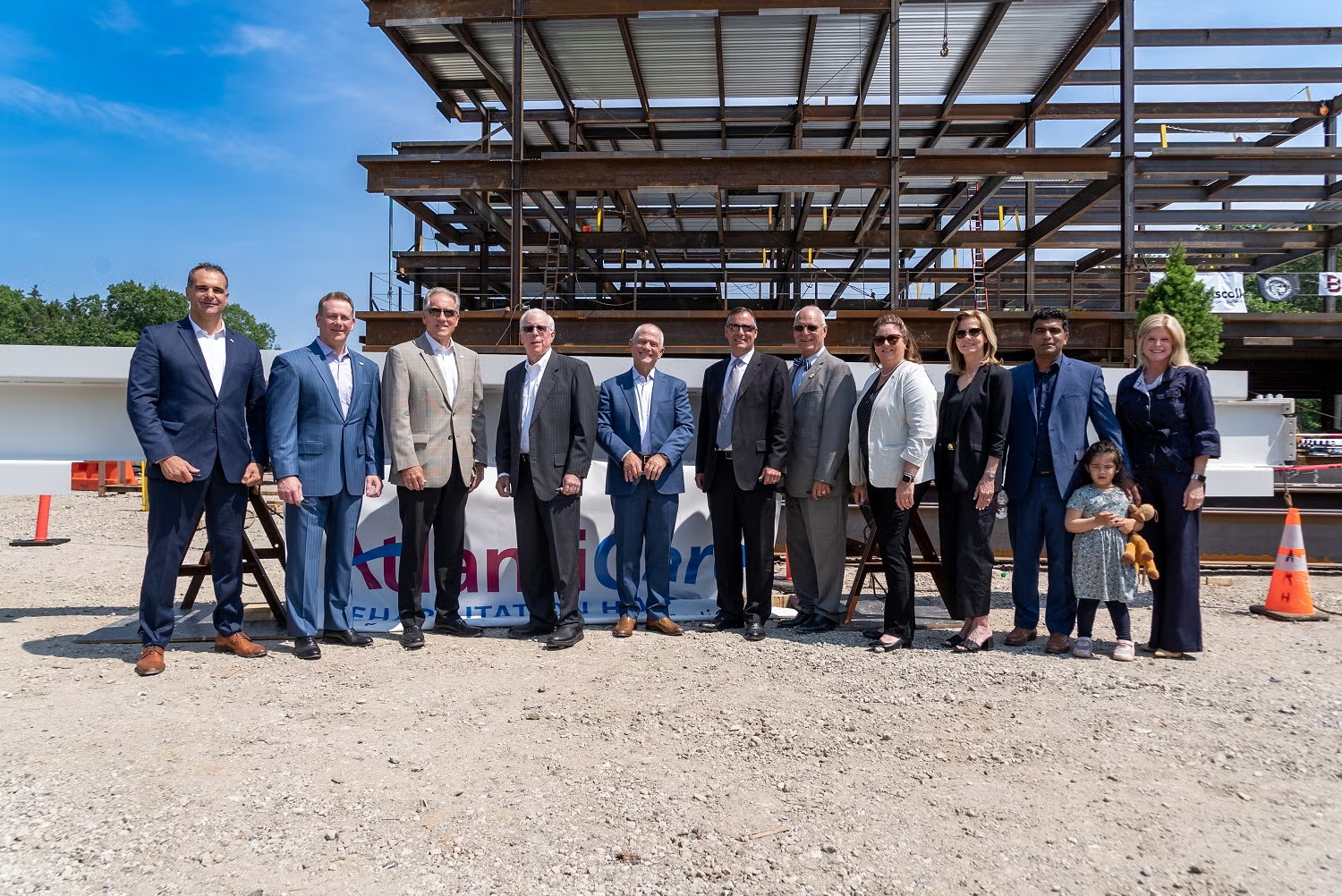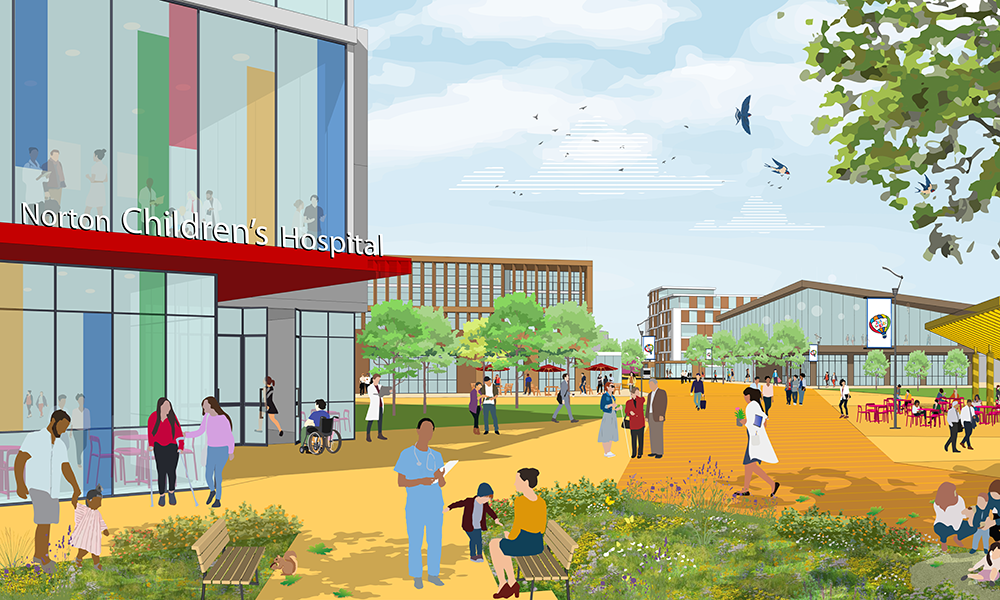 ANN ARBOR, Mich. — C.S. Mott Children’s and Von Voigtlander Women’s Hospitals at the University of Michigan have made KPMG’s top 100 most innovative and inspiring infrastructure projects in the world.
ANN ARBOR, Mich. — C.S. Mott Children’s and Von Voigtlander Women’s Hospitals at the University of Michigan have made KPMG’s top 100 most innovative and inspiring infrastructure projects in the world.
KPMG provides audit, tax and advisory services along with industry insight for firms to help mitigate risk and take opportunities. The top 100 list is a new, globally recognized report that showcases worldwide projects.
The new hospitals opened in December 2011 and are home to a 12-story inpatients wing and a nine-story outpatient wing, totaling 1.1 million square feet.
The hospitals include 46 private NICU (what does this stand for) rooms, 50 private maternity rooms and 348 beds. The University of Michigan’s new facilities allow the staff to provide children, newborns and pregnant women with the best health care possible.
Each of the inpatient rooms is approximately 300 square feet with sleep space for an additional person.
The Von Voigtlander Women’s Hospital birth center is located within the children’s hospital, providing care for a mother and baby with a newborn intensive care team, high-risk pregnancy team and pediatric sub-specialists on site around the clock.
In addition, the hospitals were design and built in accordance with LEED Silver specifications, which they were awarded in April.
Projects such as the C.S. Mott Children’s and Von Voigtlander Women’s Hospitals receive recognition based on criteria such as scale, feasibility, technical or financial complexity, innovation and impact on society.
With the release of the second edition of the Infrastructure 100: World Cities Edition, 14 projects came from the U.S. The publication Cities of the Future, offers a look in to projects that make cities great with a focus on what makes them places where people want to live and do business.
The projects showcased in the Infrastructure 100, comprise approximately 20 projects selected by independent judging panels of industry experts from five regions of the world, including: Asia Pacific, North America, Latin America, Europe, and the Middle East and Africa. Projects were then sorted into 10 project categories, including: Urban Mobility, Global Connectivity, Urban Regeneration, Education, Healthcare, Water, New and Extended Cities, Recycling and Waste Management, Urban Energy Infrastructure and Communications Infrastructure.
Five regional judging panels assessed hundreds of submissions on the following criteria: feasibility, social impact, technical and/or financial complexity, innovation and impact on society.





